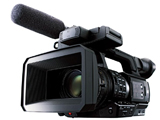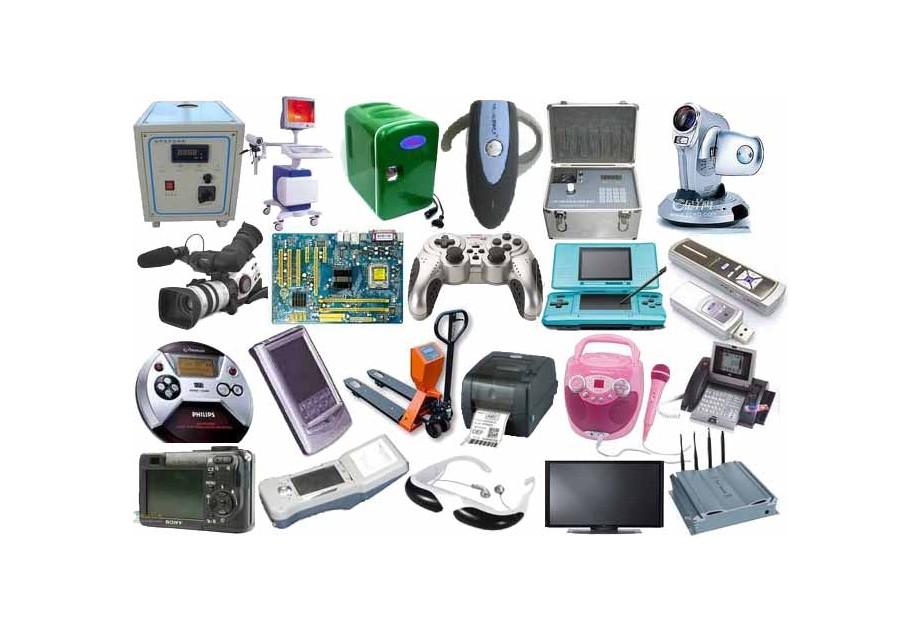The society has gradually changed from the original steam age and the electrical age to the information age. Due to the needs of technology and product functions, some electronic information products contain lead, mercury, cadmium, hexavalent chromium, polybrominated biphenyls, polybrominated diphenyl ethers and other toxic and harmful substances or elements. The products of these substances have a serious impact on human health and the environment in the process of disassembly and disposal during use and after abandonment. These impacts need to further standardize the identification of electronic information products, promote electronic information products to meet environmental requirements, and jointly safeguard the legitimate rights and interests of producers, operators and consumers!
USB flash disk industry standard
According to the China Information Industry Network, the draft of the General Specification for Information Technology Mobile Storage Flash Disk formulated by China for approval has finally been finalized and can be released for implementation after being approved by the Standardization Administration Committee. At the same time, other general specifications in the standard system and smart memory card technical standards still under discussion are still under further study. The introduction of this standard is conducive to the healthy development of the USB flash disk industry in the direction of standardization. The situation that the USB flash disk industry has been mixed for a long time may come to an end, which provides a legal basis for protecting the interests of USB flash disk consumers. The discussion of USB flash disk industry standards began in early 2004. At that time, there were hundreds of brands in the domestic U industry, among which many U disk factories used low-quality electronic components and low-quality chips to manufacture U disks, the so-called "screwdriver factories". The products produced by these USB flash disk factories are of poor quality, which has caused a very bad impact on the market and further damaged the reputation of the USB flash disk industry. However, due to the lack of uniform industry standards, the relevant departments are unable to punish them, so the "screwdriver U-disk factory" continues.
In this context, in March 2004, including the China Electronics Chamber of Commerce, Lucco Technology (the holder of flash disk invention achievements), Putian Information Technology Research Institute, Founder Technology, Silicon Valley's USB flash memory manufacturer, Huaqi Information 21 units including TCL have set up a working group on flash disk standards, and started to study and develop a revision plan on standards related to mobile memory technology, quality and production, in order to ensure the healthy development of the industry and protect the interests of consumers.
It is understood that the General Specification for Information Technology Removable Storage Flash Disks, which has been drafted for approval, includes seven parts, including scope, normative references, terminology definitions and test methods, and stipulates the basic functions, read/write speed and other performance requirements of USB flash disks.
Once the standard is implemented, those substandard USB flash drives that use low-quality electronic components, low-quality chips and outdated low-speed control chips are judged as unqualified products, and these products are prohibited from being sold on the market, which is also a fundamental clean-up for USB flash drive factories that manufacture low-quality USB flash drives. This is a sign that the USB flash drive industry has moved from maturity to standardization. The promulgation and implementation of standards are conducive to the sustainable, healthy and stable development of the USB flash drive market, and also a strong support for consumer rights.
It is reported that according to the general process, the standard formulation process will go through several stages, including draft, submission for approval, approval and release. In November 2004, the working group began to draft the mobile storage standard. On April 25, 2006, the working group sorted out the standard draft for approval. The draft for approval has been finalized and entered the approval stage. At the same time, the working group has cooperated with the China Institute of Electronic Technology Standardization to complete the testing platform of this standard, so as to facilitate the third-party certification after the implementation of the standard and prepare for its implementation.
In addition, the U-disk general specification is a part of the entire storage standard system. The general specifications for memory cards, micro mobile hard disks and MP3 and MP4 players have also been submitted for approval.




